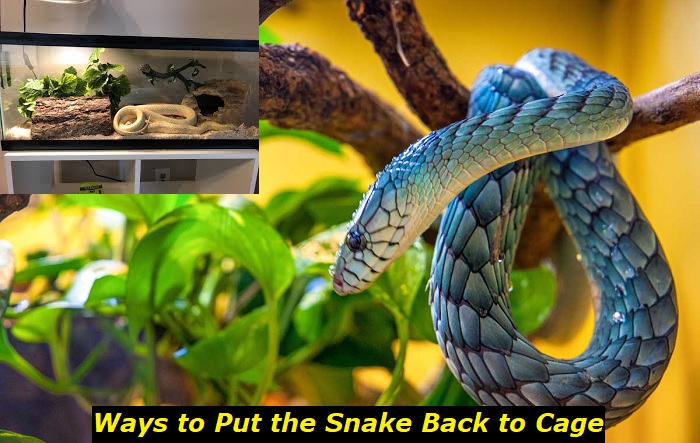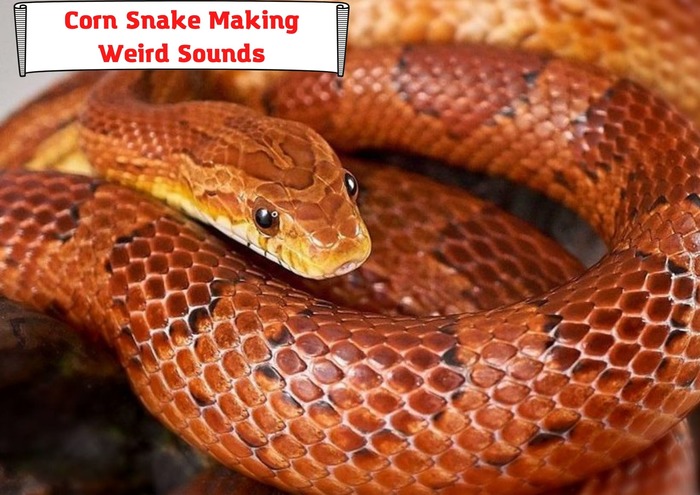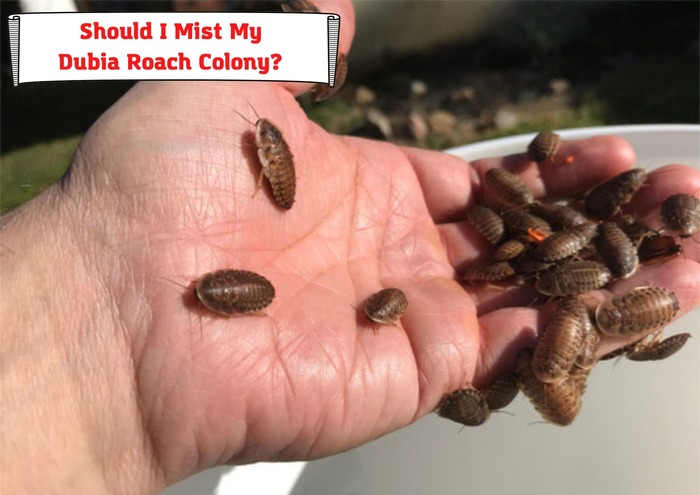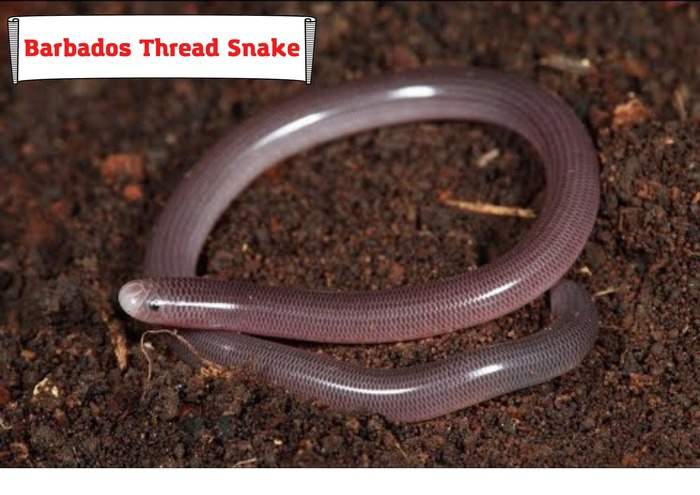When feeding a snake, you don’t want it to ingest any substrate. And that is one main reason many snake owners prefer to put their snakes in a separate clean container to feed them from. So, when you feed your snake in a separate container, how do you put it back into the cage after feeding? This is a common question snake owners frequently ask.
Therefore, in this post, we will answer that question, plus the important concerns you should be aware of, how to feed your snake and reduce the risks of handling your snake immediately after feeding.

How to Safely Put Snake Back in Cage After Feeding
Usually, snakes in their native wild habitat kill and eat their prey within their immediate environment. But, captive snakes do not have the opportunity to go to the wild to kill their prey. Instead, you have to feed them; hence you are to carefully handle them when feeding and after feeding to ensure they feel safe as they would feel when they feed in the wild.
But, is there a way you can safely handle your snake after feeding and ensure minimal issues? Absolutely yes.
The following are ways to safely handle the snake during and after feeding and ensure it’s calm, feeds well, and does not regurgitate as you put it back in its cage.
- Allow the snake to rest
After feeding the snakes need time to rest. Ensure you don’t handle your at least one day after feeding.
- Move the snake carefully
In case it is necessary to move the snake immediately after feeding, then you must do it carefully. Mainly, lift the snake while supporting its body from its middle body section using both hands.
- Don’t handle the snake for at least 2 days
After moving the snake back to its cage, don’t handle it immediately. Allow it to rest for at least 48 hours.
But in some instances, the snake may regurgitate, even with careful handling when moving. Therefore, in case the snake regurgitates, you need to do the following;
- Provide clean water
In case your snake regurgitates, ensure it has access to clean water to rehydrate.
- Allow the snake to heal after regurgitating
Mainly, don’t offer food too soon after regurgitation. Allow the snake for up to 10 days before offering food.
Important Concerns When Handling Your Pet Snake After Feeding
Mainly, feeding your snake in a separate container will necessitate the need to handle it after feeding, since you need to return it to its cage. So, in case you handle the snake after feeding, the following are common concerns you should have;
- Regurgitation
Regurgitation is one major concern snake owners have when handling the snake after eating. Usually, if the snake feels threatened, stressed, or handled after eating, it can regurgitate. Handling it immediately after feeding to take it back to its vivarium can trigger regurgitation. Notably, regurgitation is harmful to the snake.
- Stress
Some snakes get stressed when moved to unfamiliar places. Since feeding a snake in a separate container entails moving it, sometimes the snakes get stressed. Notably, when the snake is stressed or feeling threatened, it’s more likely to bite or even fail to eat.
- Aggression
Some snakes are aggressive after eating. Therefore, you will notice it’s difficult to handle it after feeding due to its aggression.
- Unfavorable conditions
Usually, the snake cage has regulated temperature and humidity levels. However, when the snake is moved temporarily to a feeding container, the temperatures are likely to be unconducive.
- Time-consuming
Unlike feeding the snake in its cage where you simply need to drop the prey into the cage or place the container with the rodent into the cage, when feeding the snake in a separate container, you have to move it. Also, you need to prepare the feeding container. Notably, after feeding, you have to wait for the snake for a while before taking it back to its cage. All these activities take time to accomplish.
How to Feed a Snake
Apart from carefully handling your snake after feeding to ensure it does not regurgitate, how you feed the snake is equally essential. Mainly, the whole process from how you prepare the snake to feed, how you feed it, and how you handle it after feeding matters.
Usually, snakes feed on rodents where they swallow them whole, without chewing. Once they have swallowed their prey, their digestive system secretes digestive enzymes that break down the swallowed food. During the digestion process, the warmer body temperature aids in making the digestion process faster.
So, how do you feed your snake? Feeding a snake is easy. Importantly, the following are some of the important feeding tips you should apply:
- Ensure the right food temperature
The food should not be too cold. Usually, feeding your snake frozen meat can hurt its digestive process. Therefore, when feeding your snake frozen thawed prey, ensure it’s at room temperature.
- Feed the snake in its cage to avoid handling it after feeding
Unless it’s unavoidable, it’s always easier and recommended to feed your snake in its cage. You will minimize the need to move it to its cage after feeding.
- Handle the snake carefully after feeding if you are feeding it in a separate cage
To feed a snake in another container, away from its cage, you first take it out of its enclosure and move it to the feeding container. Therefore, you support its body when moving it to ensure it doesn’t regurgitate when taking it back to its cage after feeding.
By feeding the snake the right way, you are able to make it feel comfortable and eat well and safely, and avoid the issues that arise after feeding such as being aggressive or regurgitating.
Feeding the Snake in its Enclosure or in a Separate Container? Which is Better?
This is one of the topics where you can’t find a right or wrong answer. Some snake owners prefer feeding their snakes inside their cages without taking them out, while others like feeding their snakes in separate enclosures.
Importantly, choosing either of the ways is a matter of individual preference, where one adapts what works for them. Mainly there are pros and cons of each feeding choice.
1) Feeding the Snake in its Cage
Mainly, to avoid the issues that arise with feeding or handling your snake after feeding it in a separate container, you can decide and try to feed it in its enclosure.
Notably, feeding the snake in its cage has many benefits. For instance:
- It is easy. You don’t have to remove the snake first or prepare a separate place to feed the snake from.
- The snakes are less stressed. Not moving the snake during feeding time makes it comfortable and less stressed.
- Low chances of regurgitation. Since you don’t move the snake during and after feeding, there are reduced chances of regurgitation. Usually, the snakes are likely to regurgitate if handled immediately or too soon after feeding.
Despite the many advantages of feeding the snake in its cage, there are disadvantages that you should be aware of too. For instance;
- Ingestion of substrate. Substrate ingestion is usually a primary concern that snake owners cite when defending their preference of feeding their snakes in a separate enclosure.
- Food aggression. Every time you open the cage, the snakes are likely to become aggressive and this can lead to bites.
2) Feeding the Snake in a Separate Cage
Feeding the snake in a separate enclosure is equally good and most snake owners prefer it.
The process involves preparing a separate container from where you would feed your snake. Then you remove the snake from the cage and put it in the temporary feeding container.
Importantly, there are many advantages to feeding your snake out of its cage. The benefits include:
- The snake is able to feed better. The snake will likely feed better if it was used to feeding in a separate container. This is usually the case if the initial snake owner was feeding the snake in a separate enclosure.
- No substrate ingestion. The separate container is specifically prepared for feeding, hence it’s clean and free of any debris. Therefore, there is no risk of the snake ingesting substrate.
- The snakes are less aggressive when you are opening the cage. Since opening the cage is not associated with food, the snakes are less likely to bite you. Therefore, you don’t have to worry the snake will bite you when you are carrying out the regular spot cleaning of the cage.
Conclusion
You now know the best way to put a snake back in a cage after feeding it. You should wait for at least a day, and hold it carefully when moving it.
Lastly, since handling your snake after eating can trigger regurgitation irrespective of how carefully you do it, you should avoid handling the snake at all after feeding. You can easily avoid it by feeding the snake from its own cage. You will not only prevent the snake from regurgitation, but you will save time too.
- Pacman Frog Looks Deflated – What’s Wrong and What to Do? - August 7, 2023
- How to Put Snake Back in Cage after Feeding? Important Concerns - July 31, 2023
- Repta Boost: Instruction, Considerations, Ways to Use - July 24, 2023



